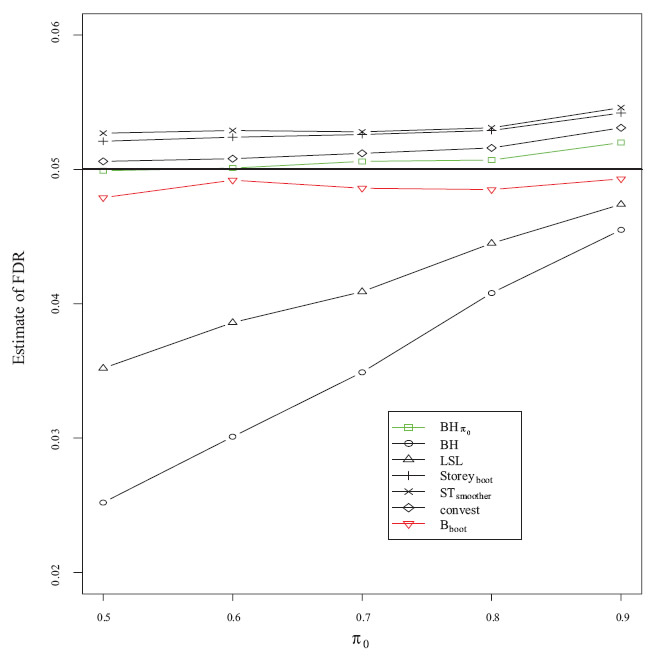Estimating the Proportion of True Null Hypotheses for Multiple Comparisons
Cancer Informatics. 2008: 4 25-32

Abstract
Whole genome microarray investigations (e.g. differential expression, differential methylation, ChIP-Chip) provide opportunities to test millions of features in a genome. Traditional multiple comparison procedures such as familywise error rate (FWER) controlling procedures are too conservative. Although false discovery rate (FDR) procedures have been suggested as having greater power, the control itself is not exact and depends on the proportion of true null hypotheses. Because this proportion is unknown, it has to be accurately (small bias, small variance) estimated, preferably using a simple calculation that can be made accessible to the general scientific community. We propose an easy-to-implement method and make the R code available, for estimating the proportion of true null hypotheses. This estimate has relatively small bias and small variance as demonstrated by (simulated and real data) comparing it with four existing procedures. Although presented here in the context of microarrays, this estimate is applicable for many multiple comparison situations.
Hongmei Jiang and R.W. Doerge